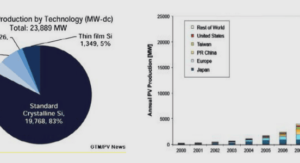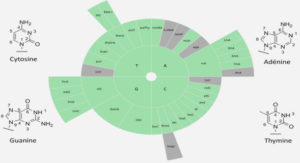LIST OF TABLES
LIST OF FIGURES
1 INTRODUCTION
2 LITERATURE REVIEW
2.1 EXCHANGE RATE MODELS RELATED TO OTHER COUNTRIES
2.2 EXCHANGE RATE MODELS RELATED TO THE CANADIAN DOLLAR
3. ABOUT THE MOVEMENT OF THE CAD/USD EXCHANGE RATE
4 FUNDAMENTALS OF THE EXCHANGE RATE
4.1 PURCHASING POWER PARITY AND THE LAW OF ONE PRICE
4.2 REAL EXCHANGE RATES AND INTEREST RATE DIFFERENTIALS
5 METHODOLOGY
5.1 UNIT ROOTS AND REGRESSION RESIDUALS
Dickey-Fuller test
Extension of the Dickey-Fuller test
5.2 COINTEGRATION
The Engle and Granger methodology
5.3 GRANGER CAUSALITY AND THE REAL EXCHANGE RATE
5.4 TESTS FOR PARAMETER STABILITY
6 THE DATA
7 RESULTS
7.1 STATIONARITY
7.2 Weak exogeneity and Granger causality
7.3 ESTIMATION OF THE LONG-RUN EXCHANGE RATE EQUATION
7.4 THE SHORT-RUN EXCHANGE RATE EQUATION
7.5 PARAMETER STABILITY TESTS
8 CONCLUSION
BIBLIOGRAPHY
APPENDIX A
APPENDIX B
LITERATURE REVIEW
2.1 EXCHANGE RATE MODELS RELATED TO OTHER COUNTRIES
The literature on structural time series demonstrates that real shocks are a key factor of real exchange rate fluctuations. Baxter (1994), Huizing (1987) and Clarida and Gali (1994) employed the Beveridge-Nelson univariate and multivariate decompositions to demonstrate that most of the real US exchange rates movements, originate from changes in permanent components or real shocks, as well as in temporary components, and may not follow a random walk. Work by researchers such as Lastrapes (1992) and Evans and Lothian (1993) used the Blanchard and Quah (1989) decomposition to reveal that much of the variance of both real and nominal exchange rates from a number of countries over the short and the long runs can be attributed to real shocks. The results observed in the structural-time series literature thus appear to be robust to both decomposition methods and currencies. This motivated some researchers to suggest that an unknown real factor may be the source of the persistent shifts in real equilibrium exchange rates.
In an effort of identifying this real factor, some authors studied the relationship between real domestic oil prices and real exchange rates of Germany, Japan and the United States.
This has been undertaken by McGuirk (1983) who looked at real exchange rate of the G7 countries. Krugman (1983a, 1983b) studied the US real exchange rate. Golub (1983) investigated the US dollar and the Deutsche Mark exchange rate. Rogoff (1991) examined the Yen/USD exchange rate, while Amano and van Norden (1995) found a link between oil prices and the movements in the CAD/USD real exchange rate. In this latter study, the authors suggested exploring the ability of oil prices to account for the movement of real exchange rate of other currencies. Hence, Amano and van Norden (1998) examined the relationship between the real domestic price of oil and the real effective exchange rates for Germany, Japan and the United States. They concluded that the real oil price absorbs exogenous terms of trade shocks, and they substantiated the importance of terms of trade in determining real exchange rates in the long run.
Oil prices and the cadusd exchange rate (2.26 MB) (Rapport PDF)





